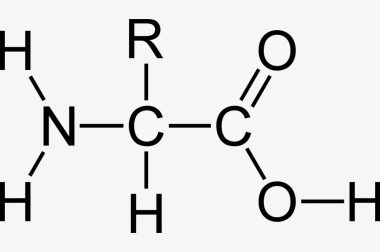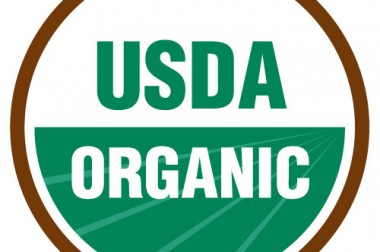 I am old enough that I heard the term “organic” defined in chemistry class long before the term was widely applied to food products. So, what does it mean when a food product is “organic?” A recent post by the American Council for Science and Health attempts to address some of the confusion.
I am old enough that I heard the term “organic” defined in chemistry class long before the term was widely applied to food products. So, what does it mean when a food product is “organic?” A recent post by the American Council for Science and Health attempts to address some of the confusion.
“Organic” may be one of the most confusing words in language today. Although many people may have a vague idea of the meaning of the term, they may not be able to give the actual definition. Part of the confusion arises from the fact that there are two very different definitions for the same word, one from chemistry and one from agriculture. The chemistry definition is, for the most part, unambiguous and clear-cut, so let’s start there.
THE CHEMICAL DEFINITION OF ORGANIC
In chemistry, the definition is based solely on chemical structure. With very few exceptions, a chemical is classified as organic if it contains at least one carbon atom, regardless of its source. This  is why organic chemistry is called “the chemistry of carbon.” Generally, that carbon atom is bonded to at least one hydrogen atom. Amino acids (image right) are the building blocks of protein, and a good example of organic molecules.
is why organic chemistry is called “the chemistry of carbon.” Generally, that carbon atom is bonded to at least one hydrogen atom. Amino acids (image right) are the building blocks of protein, and a good example of organic molecules.
THE AGRICULTURAL DEFINITION OF ORGANIC
 The agricultural use of the term “organic” is entirely different from the chemical use and is focused on product labeling. For a food or feed product to be labeled “organic” there are agronomic and animal husbandry practices that have to be followed. According to the United States Department of Agriculture (USDA): “Organic meat, poultry, eggs, and dairy products come from animals that are given no antibiotics or growth hormones. Organic food is produced without using most conventional pesticides, fertilizers made with synthetic ingredients or sewage sludg, bioengineering, or ionizing radiation”. Food produced in this way can be labeled with the USDA symbol and sold as “organic”.
The agricultural use of the term “organic” is entirely different from the chemical use and is focused on product labeling. For a food or feed product to be labeled “organic” there are agronomic and animal husbandry practices that have to be followed. According to the United States Department of Agriculture (USDA): “Organic meat, poultry, eggs, and dairy products come from animals that are given no antibiotics or growth hormones. Organic food is produced without using most conventional pesticides, fertilizers made with synthetic ingredients or sewage sludg, bioengineering, or ionizing radiation”. Food produced in this way can be labeled with the USDA symbol and sold as “organic”.
It’s important to note that labeling a food “organic” does not mean that the product is nutritious, healthy, or safe; the labeling standards are based solely on agricultural field or farm practices. If you are still confused (as I sometimes am), here are some good articles to consider:
- Organic foods: Are they safer? More nutritious? (Mayo Clinic)
- Organic food no more nutritious than conventionally grown food (Harvard Medical School)
Stay healthy!



